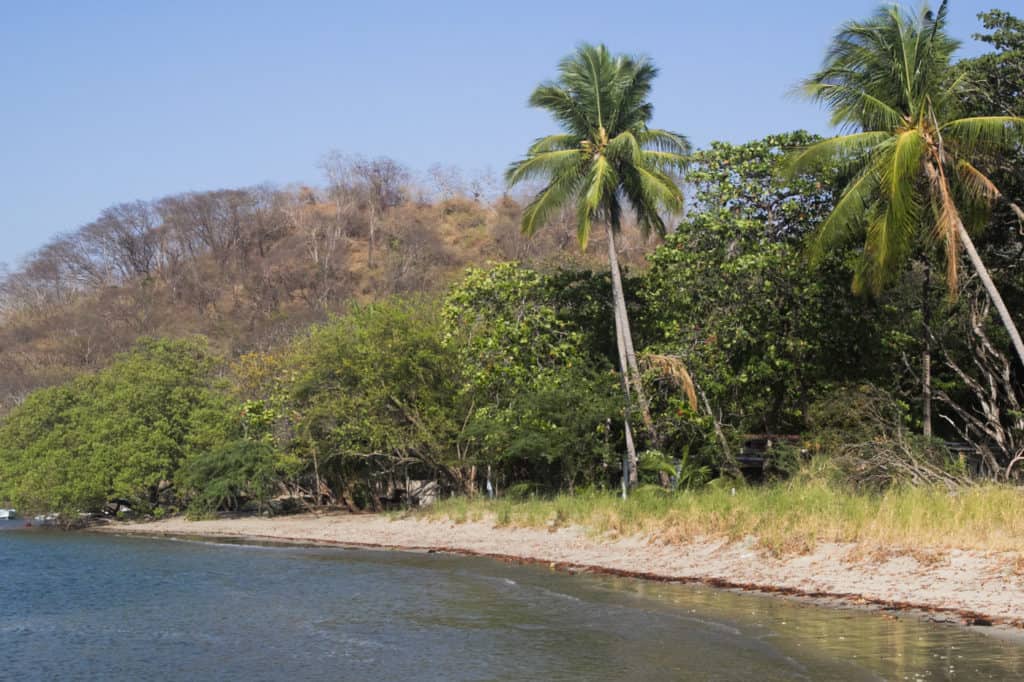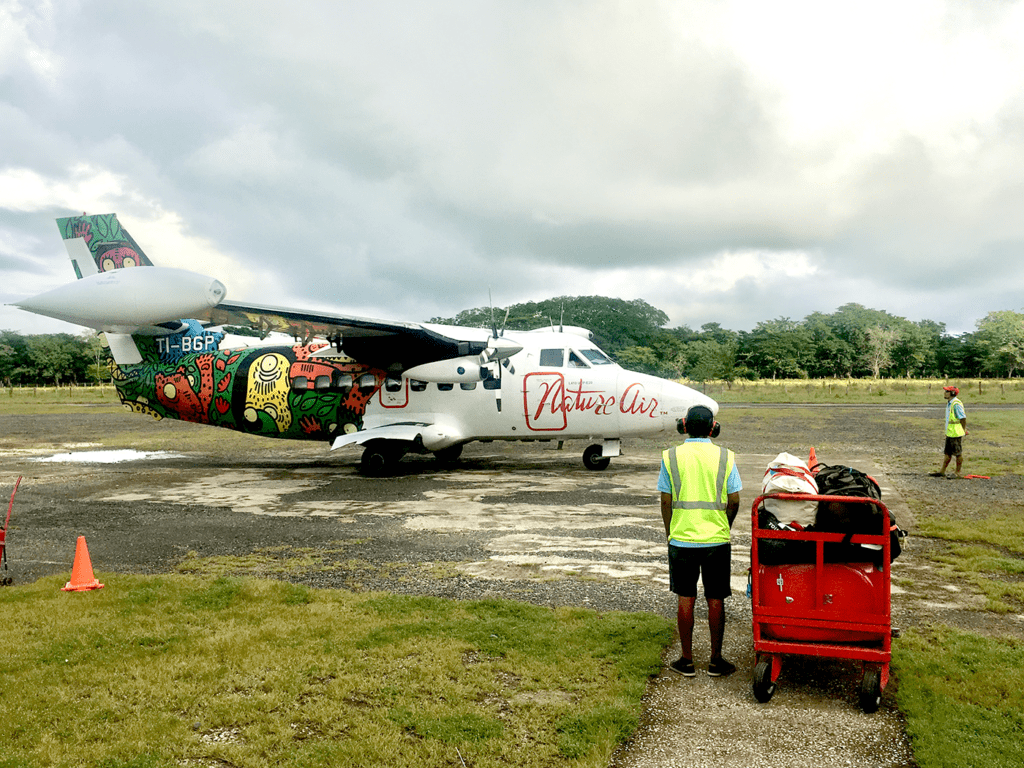Costa Rica is a paradox, its proximity to the equator means it’s catalogued as having a tropical climate, but the different geographical elevations within this small country means there are actually 12 different micro-climates which range from the hot and humid tropical lowlands of the central and southern Pacific coast, cool cloud forests in the central valley’s mountain areas, dry tropical forests in Guanacaste, and the colder highlands of the central valley.
Travel Tip # 1 – Pack warm and cool weather clothing
Pack a combination of warm and cool weather clothing if you plan to travel to different areas, coastal areas tend to have warmer temperatures, while the lowest temperatures recorded in the highest peaks are as low as 40°F (5°C).
Despite the complexity of Costa Rica’s weather, there are only two seasons, dry and rainy. The dry season in most of the country extends from December to April, the rainy season runs from May through November. Each season offers unique opportunities to explore and enjoy this little piece of paradise.
The best time to travel to Costa Rica depends on the type of activity you wish to engage in, how comfortable you are with sharing your vacation with other tourists and of course budget. The country is famous for its beaches, and if you happen to be a beach bum, then the best time to visit is during the dry season where there is little to no rainfall and the sun always shines.
For those who enjoy extreme sports like white water rafting, canyoning, and hiking to see the many waterfalls then the best time to travel to Costa Rica is during the rainy season when the rivers are overflowing with water.
Costa Rica weather conditions can be unpredictable, visiting during the dry season does not mean you won’t be caught in a sudden rainstorm, it just means this is less likely to happen than during the rainy months.
Travel Tip # 2 – Bring an umbrella or poncho
Given the unpredictability of the weather in Costa Rica we strongly advise you carry a collapsible umbrella or poncho in your backpack regardless of what time of year your visit, you will thank us later!

A Look at The Seasons in Costa Rica
Costa Rica weather conditions allow visitors to enjoy the country year-round, there are many advantages and some mild inconveniences to visit during either the dry or rainy seasons.
Dry Season Pros:
- Sunny warm weather every day
- Perfect for touring the different beaches
- Driving is easier, some country roads are not paved and become rather uncomfortable to drive on during the rainy season.
- Your tour won’t get rained out
Dry Season Cons:
- More tourists visit during the dry season, so beaches and other places will be more crowded.
- It gets very hot, especially in Guanacaste which is the driest area in the country.
- The vegetation is not as lush as during the rainy season and in some areas like Guanacaste, the grasslands turn brown, and the trees lose their leaves making them look almost dead, however, the tropical trees at the beach never lose their foliage and provide some nice shade.
- Because it is high season, hotel occupancy and rates are high.
Rainy Season Pros:
- Less crowded, so you get to enjoy a more authentic Costa Rican experience.
- Everything is green and lush, animals are more active during the day making them easier to spot, rivers and waterfalls are overflowing.
- Great for sports activities including white water rafting, canyoning, hiking, zip-lining, and surf.
- Easy to find great deals on hotels and tours.
Rainy Season Cons:
- It rains, a lot! Although the mornings tend to be nice and sunny it rains heavily in the afternoons and night.
- Some parts of the country like Peninsula de Osa become almost inaccessible by land if you want to visit these parts you may have to fly there.
- Driving conditions deteriorate quickly during the rainy season, from low visibility to flooded streets, you need to be extra careful.
- You run the risk of your tour being rained out.
Best time to travel to Costa Rica’s Beaches
As we mentioned before, Costa Rica is a beautiful paradox, being such a narrow country (at its narrowest point only 75 miles separates the Pacific coast from the Caribbean coast), you would expect the dry and rainy seasons to affect the country equally, but, this is not the case.
For most of the country the dry season spans from December to April, and the rainy season starts in May and goes all the way to November, except for the Caribbean where it rains most of the year.

Travel tip # 3 – Know the dry sasons
The best time to travel to Costa Rica if you want to enjoy the beauty of the Caribbean coast is during the months of February and March or September and October. However many business close in October and somewhat of a holiday month. Larger tour companies, transportation options and hotels are open year round. You should know this area does not have a well-defined dry season, these months tend to be the driest, but it could still rain, so pack accordingly.
If your trip includes the beaches in Guanacaste, central and southern Pacific coasts then the best time to visit is surely between December and April, where you will enjoy the most sun and little rain.
The weather in Costa Rica is unique, and it will surprise you every time you come to visit, so don’t let a little rain or some high temperatures stop you from planning your vacation here, there are so many activities and things to see that any time of year is the best time to travel to Costa Rica!



